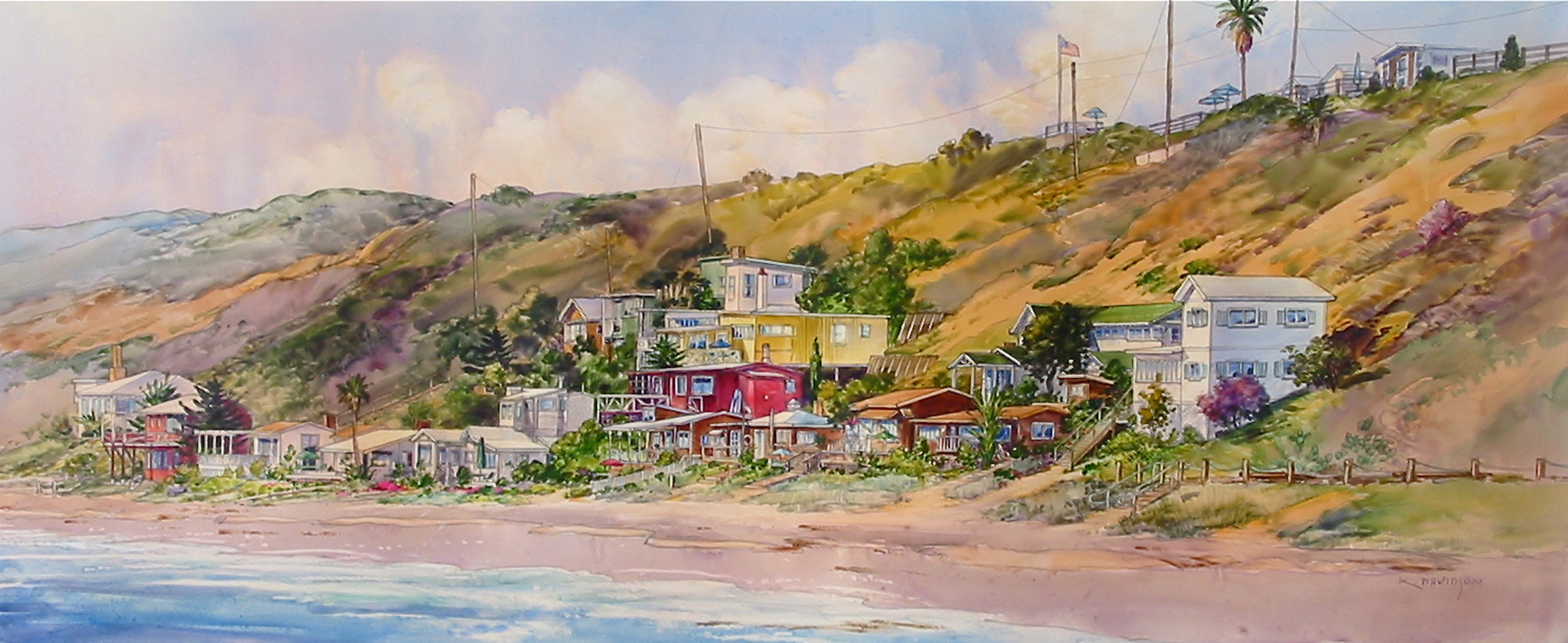The demand for housing in California continues to rise. In order to address both supply of homes and affordability, last year the California legislature amended their Accessory Dwelling Unit (ADU) law to help increase the development of ADUs. Jaleesa Koevoet-Peluso with Berkshire Hathaway has researched early on what has been going on with ADUs locally in Laguna Beach and surrounding areas.

Q: Are ADUs a viable solution to address affordable housing?
A: Accessory dwelling units, or more commonly known as ADUs, are an innovative strategy to help create more housing. Orange County has pretty much run out of land to develop and ADUs are the next step to alleviating housing shortages. ADUs can increase the supply of housing and the California government recently just passed new state requirements that make it less difficult to convert or buildup a property with an ADU. Local governments can adopt their own ADU regulations as long as they meet the state requirements.
Q: How does the state define an ADU?
A: It is defined by its square footage where it cannot exceed 1,200 square feet. (Local ordinances can limit it to less, such as Burbank restricts to 500 square feet and Laguna is looking into 750 square feet). It can be attached or unattached to the primary home. It cannot be sold separate from the primary residence and the lot needs to be zoned for single-family or multi-family use and contains an existing single-family dwelling. The increased floor area of an attached ADU cannot exceed 50 percent of the existing living area. Duplexes and condos are different from ADUs.
Q: When did the new state regulations take effect?
A: The recent regulations regarding ADUs took effect on Jan. 1, 2017 and were updated in order to provide fewer barriers to building or converting space into an ADU. The recent change to the ADU law addresses parking issues and reducing connection fees or capacity charges. And even though local governments can also have their own specific requirements for ADUs, they cannot go against the state regulations. Any local ordinance adopted prior to Jan. 1, 2017 that doesn’t comply with the changes to ADU law isn’t valid. Until an ordinance is adopted, local governments must apply “state standards.”

Q: Has the city of Laguna made any headway with local ADU ordinances?
A: The Laguna Beach City Council met on Aug. 7 to make amendments to its ordinance. It basically states it will only regulate new construction of an ADU. Existing ADU structures have to abide by the state regulations and do not need to meet additional parking requirements or other development standards that the new construction requires. There are parking exemptions for new (attached or detached) ADUs if located within one-half mile of regular non-seasonal public transit. But it will not apply if there is less than a 28-foot paved right-of-way width on the front of the property which includes 8-foot wide on-street parking lane; or 36-foot paved right-of-way width which includes two 8-foot wide on-street parking lanes. Then one onsite parking space must be provided and can be uncovered. Or the owner can construct one new public on-street parking space for an ADU parking.
Q: Can the ADUs be used for short-term rentals?
A: The law is open on it right now. The state law doesn’t prevent owners from renting their ADUs to short-term renters. But local jurisdictions can state the property the ADU resides on must be owner occupied; and can regulate rentals from less than 30 days.
Q: What are the pros and cons?
A: They are definitely more cost effective to build in order to create housing options in areas that have tapped out with new development. Some concerns might be a shift in the single-family home community by bringing in renters, possibly short-term. Berkley did a study and found about 60 percent of the ADUs were long-term rentals, and 30 percent of those were made up of friends and family. Though the state’s goal is to help bring in affordable housing, ADUs still are rented at market value. The goal of the state is not only to create affordable housing, but to usher in more available housing.
Q: How does the Coastal Commission fit into all of this?
A: Our local coastal program has its own regulations and there is some controversy related to the state’s regulations. A memo was sent out by the executive director, John Ainsworth in November last year regarding the local government regulation of ADUs. The memo basically stated it would be a mistake for local government to take the new state law and disregard the state law in favor of the LCPs (Local Coastal Programs) in place. It recommends local governments amend their LCPs using the new state law “as a blueprint for crafting objective standards related to design, floor area, parking requirements and processing procedures for ADUs in a manner that protects wetlands, sensitive habitat, public access, scenic views of the coast, productive agricultural soils, and the safety of new ADUs and their occupants.”
Q: Are there more barriers to overcome in creating more ADUs?
A: There are still several challenges such as charges for developmental fees i.e., school fees, that are levied on new developments. State building codes that are intended to raise standard of energy efficiency make it hard for builders to provide affordable and attractive ADUs. And the list goes on: securing financing, minimum lot sizes, homeowner association restrictions and more. There is a new online tool called Hausable that helps owners find out their local ordinances and what it takes to get an ADU built.
Q: What is Hausable and how did you get involved with them?
A: Hausable.com is an online platform to help homeowners understand the requirements needed to develop ADUs. They provide local homeowners with online zoning and permitting information to learn about the process to build a secondary unit; and provide tools to aid in the initial design and planning process. They were looking to get their Laguna Beach section underway and found me via my real estate website blog where I had already begun addressing local issues regarding ADUs.

Jaleesa Koevoet-Peluso
Orange County REALTOR® and Certified International Property Specialist
Berkshire Hathaway California Properties
30812 South Coast Highway, Laguna Beach, CA 92651
949-395-0960 | www.jaleesaPeluso.com | JaleesaPeluso@gmail.com
By Gina Dostler



